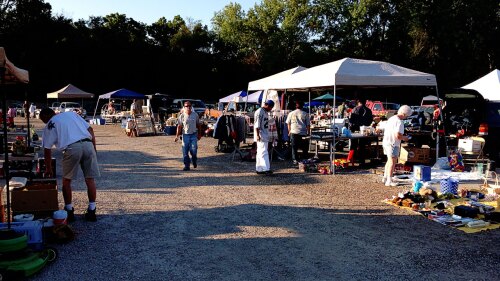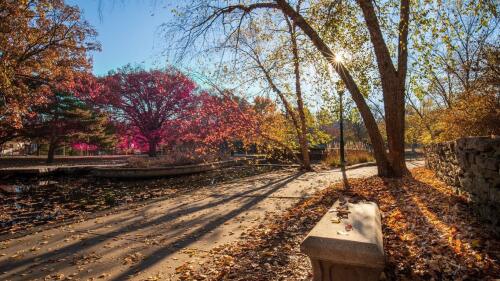The KC Streetcar Main Street Extension is on course to be complete in 2025. This is the largest update since it opened in 2016, but the trolley line itself is no stranger to changing tracks.
All aboard — let’s trace the Kansas City trolley trails’ winding history, assisted by our conductor the Kansas City Public Library.
Horse-powered and cable cars
The first streetcars rolled into KC in 1870 and were literally horse-powered. Eight years later, New Yorker Robert Gillham arrived in KC and championed a cable car system. This made KC the third city in the US to have such a system.
The original system started at 9th Street at the Union Depot railway terminal in the West Bottoms and chugged all the way to Quality Hill. Gillham also drilled a cable car tunnel along 8th Street to connect downtown KC.
Due to his contributions, Gillham is regarded as the father of KC’s cable railway system and is who both Gillham Park and Gillham Road are named after.
The electric era
Enter: Electricity. In 1885, Kansas Citian John C. Henry invented the electric cable car, which he called a trolley. Fun fact: This was the first time cable cars were referred to as trolleys.
By 1908, horse power and cable lines around KC were converted to electric trolleys — minus the 12th Street lines between Washington Street and the stockyards.
End of the line
The trolley system steadily grew, offering public and private transportation for the heart of KC. But, as the city built more suburbs, its incline came to a decline. KC’s growing car industry made car ownership easier for suburbans, and bus lines were more convenient for reaching the outskirts of the city.
Because of this, the last 20th century trolley route closed in 1957. Tracks were paved over to make roads for cars and buses, though original tracks’ remains can still be found throughout the city.
Fast trolley facts:
- At its peak, the system had 25 routes and 700+ streetcars.
- The KC cable car system was the third largest in the country, only outpaced by San Francisco and Chicago.
- In 1902, the cable car fare was five cents.
Return of the track
That brings us back to modern times. In 2014, the new KC Streetcar was installed and became available to the public in 2016. The revival of the streetcar and its planned extensions represents a full circle moment for KC’s trolley trails.

It’s a streetcar girl, in a streetcar world.
Photo by @kcstreetcar
We’ll continue this tale by tracing the history of KC’s remaining old tracks. Is there a specific track you’d love for us to cover? Let us know.













